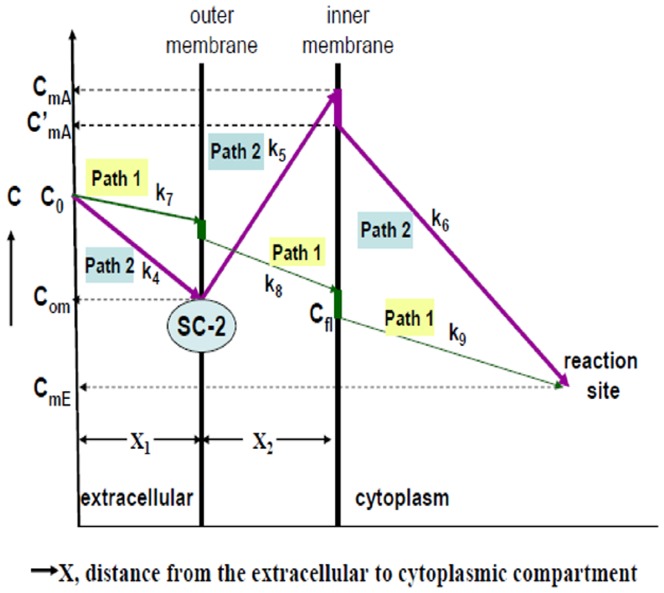Figure 9. Two different transport mechanisms with detailed concentration changes along the paths.
In path 1, the initial bulk fluid concentration of lignans (initial concentration C0) was passively transported a distance of X1 through the bulk fluid (reaction constant k7) and the cell membrane (thickness X2, reaction constants k8) to reach the inner membrane where due the membrane barrier the concentration dropped sharply to the effective innermembraneous concentration Cfl, which was then moved into the cytoplasmic compartment and degraded (reaction constant k9) to CmE at the reaction site of intracellular compartment (Fig. 9). Path 2 is the SC-2-assisted transport in which lignans in the bulk fluid (concentration, C0) were rapidly taken up by SC-2 already conjugated with the outer membrane (through a distance X1, reaction constant k4), where the outer membrane concentration rapidly dropped to Com. Due to the “actively” pumping effect of SC-2, the intramembrane lignan concentration was rapidly raised to CmA (through a distance of membrane thickness X2, reaction constant k5), which, on moving along the inner membrane barrier, abruptly dropped down to C′mA and simultaneously transferred into the cytoplamic compartment and soon degraded to attain the final concentration CmE at the reaction site (reaction constant k6).

